Elastic String: A Versatile Component for Crafting and Apparel
The term elastic string encompasses a broad category of stretchable cords used in various industries and applications. Known for its flexibility and resilience, this material is integral to the production of a myriad of products, from clothing to jewelry. In this detailed overview, we explore the types, applications, and features of elastic string, providing valuable insights for businesses seeking to source this versatile component.
Types and Materials of Elastic String
Elastic string comes in multiple forms, each suited to different uses. The elastic cord for bracelets is a popular variant, designed to be durable yet flexible enough to create wearable accessories. Materials commonly used in the manufacture of elastic string include latex, polyester, and thermoplastic polyurethane (TPU), each offering unique properties. Latex, for instance, provides exceptional elasticity, while polyester offers high tenacity, and TPU is known for its waterproof characteristics. The 3mm elastic cord is a standard size, providing a balance between strength and pliability, ideal for beading and crafting.
Applications in Various Industries
Elastic string serves a multitude of purposes across different sectors. In the garment industry, it is essential for creating comfortable, fitting clothing such as men's briefs and boxers. The home textile industry incorporates it for items requiring a snug fit, like couch covers. Additionally, the elastic string for beads and elastic beading cord are extensively used in jewelry making, particularly in crafting bracelets with elastic string and stretch string bracelets. Its application is not limited to fashion, as it also plays a role in the production of home textiles and shoes.
Features and Advantages
Choosing the right type of elastic string is crucial for product durability and performance. Features such as sustainability, high tenacity, and water resistance make certain types of elastic string more suitable for specific applications. For instance, stretchy cording is often sought after for its longevity in jewelry making, ensuring that bracelets with elastic string maintain their shape and strength over time. The stretchy string is also favored for its ease of use and adaptability, making it a go-to material for DIY enthusiasts and professional crafters alike.
Considerations for Sourcing Elastic String
When sourcing elastic string, it is important to consider the specific needs of the end product. Factors such as elasticity, tensile strength, and resistance to environmental factors like water and UV light are critical. For businesses specializing in jewelry, options like elastic thread for bracelets and elastic thread for beading are essential selections. It is also advisable to consider the proximity of suppliers for businesses looking for elastic string for bracelets near me, to reduce shipping times and costs.
In conclusion, elastic string is a fundamental component with a broad spectrum of applications. Its versatility and the variety of materials available make it a valuable product for businesses in the apparel, accessory, and home goods industries. By understanding the different types, features, and applications, companies can make informed decisions when sourcing this indispensable material.


















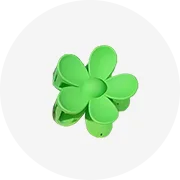
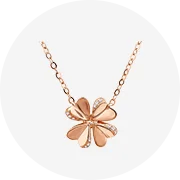
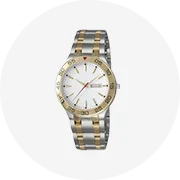
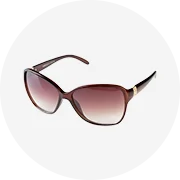
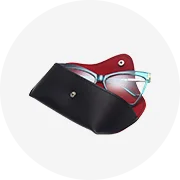
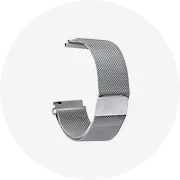
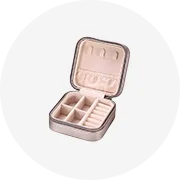








 浙公网安备 33010002000092号
浙公网安备 33010002000092号 浙B2-20120091-4
浙B2-20120091-4